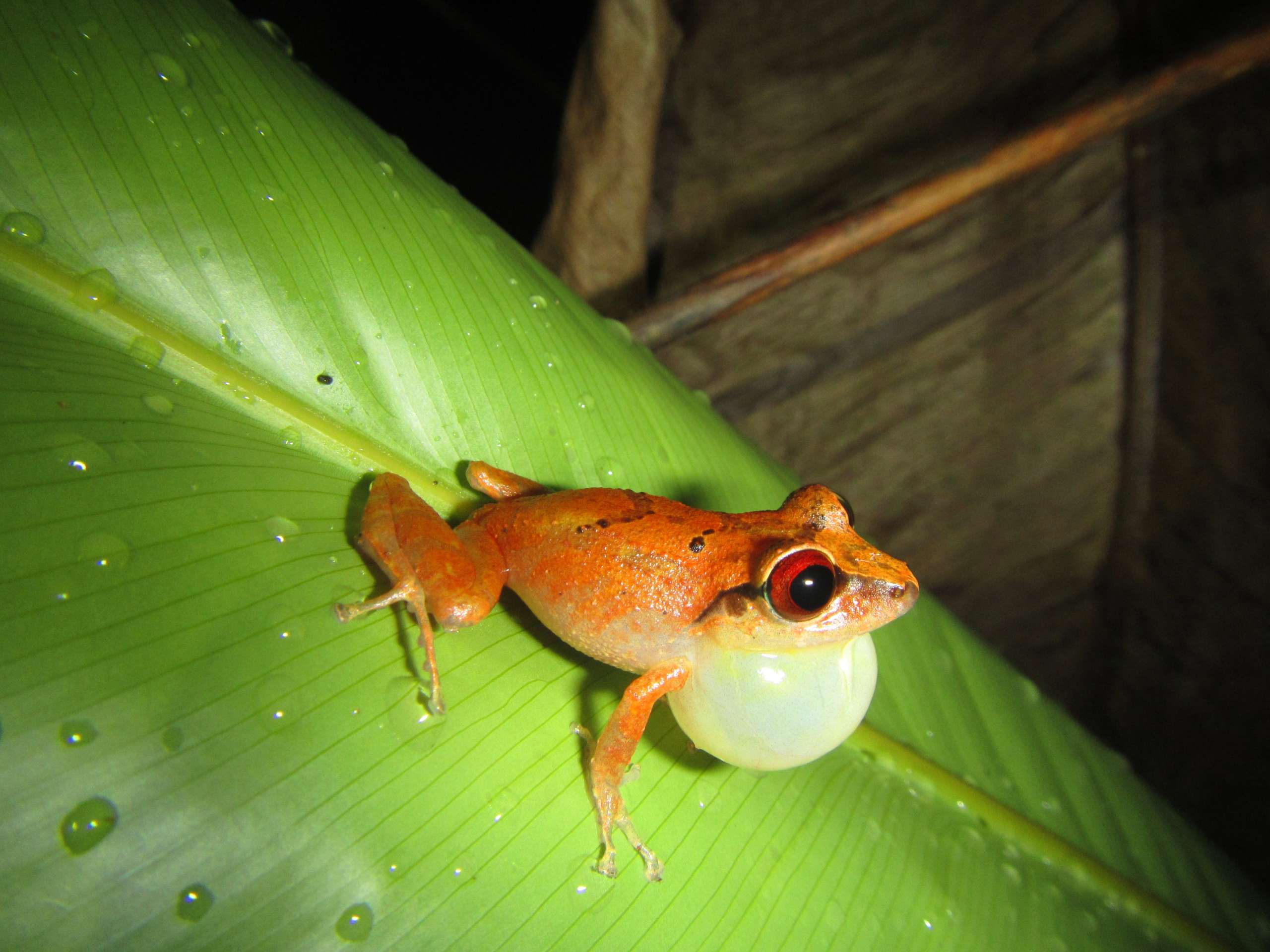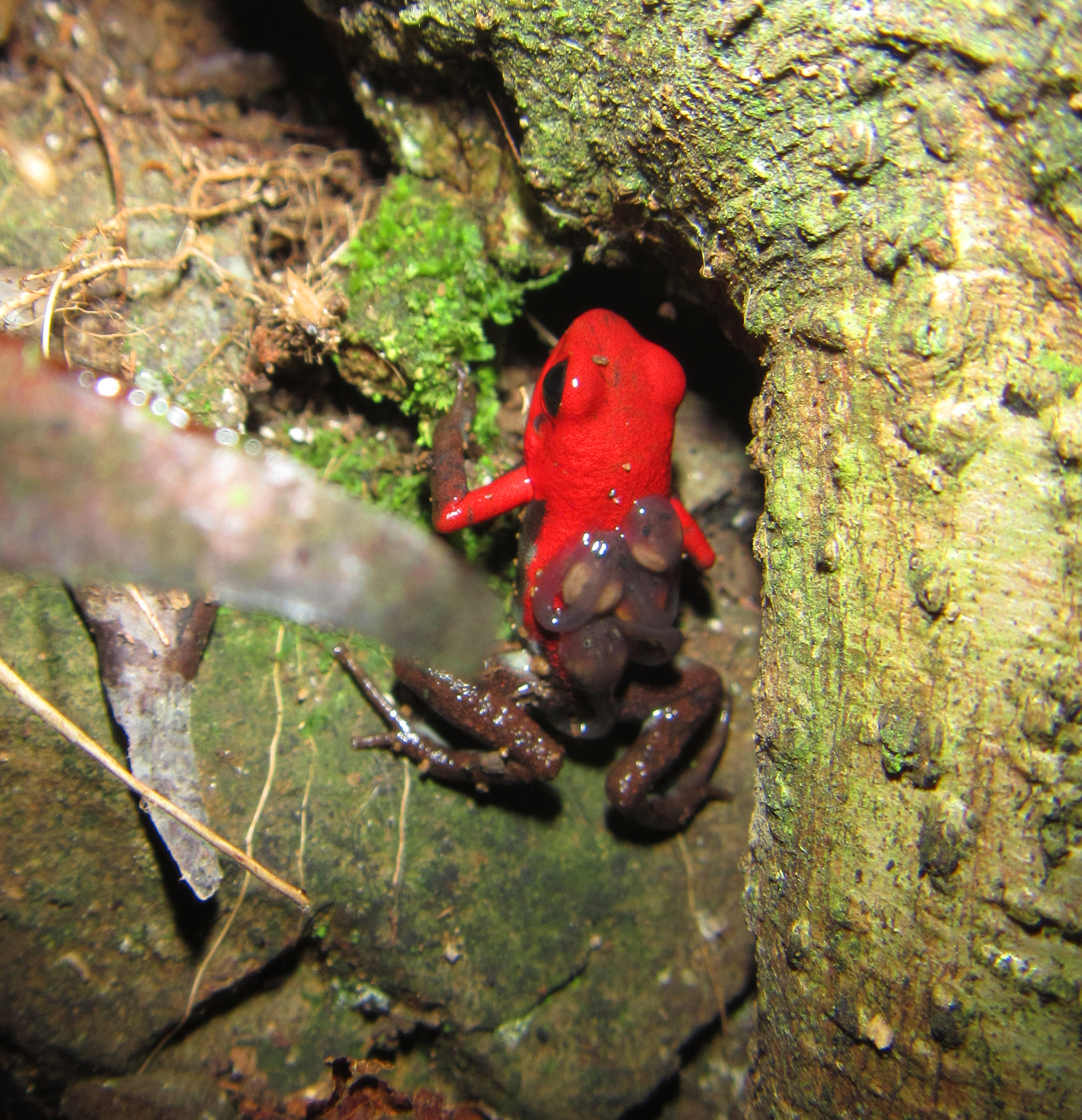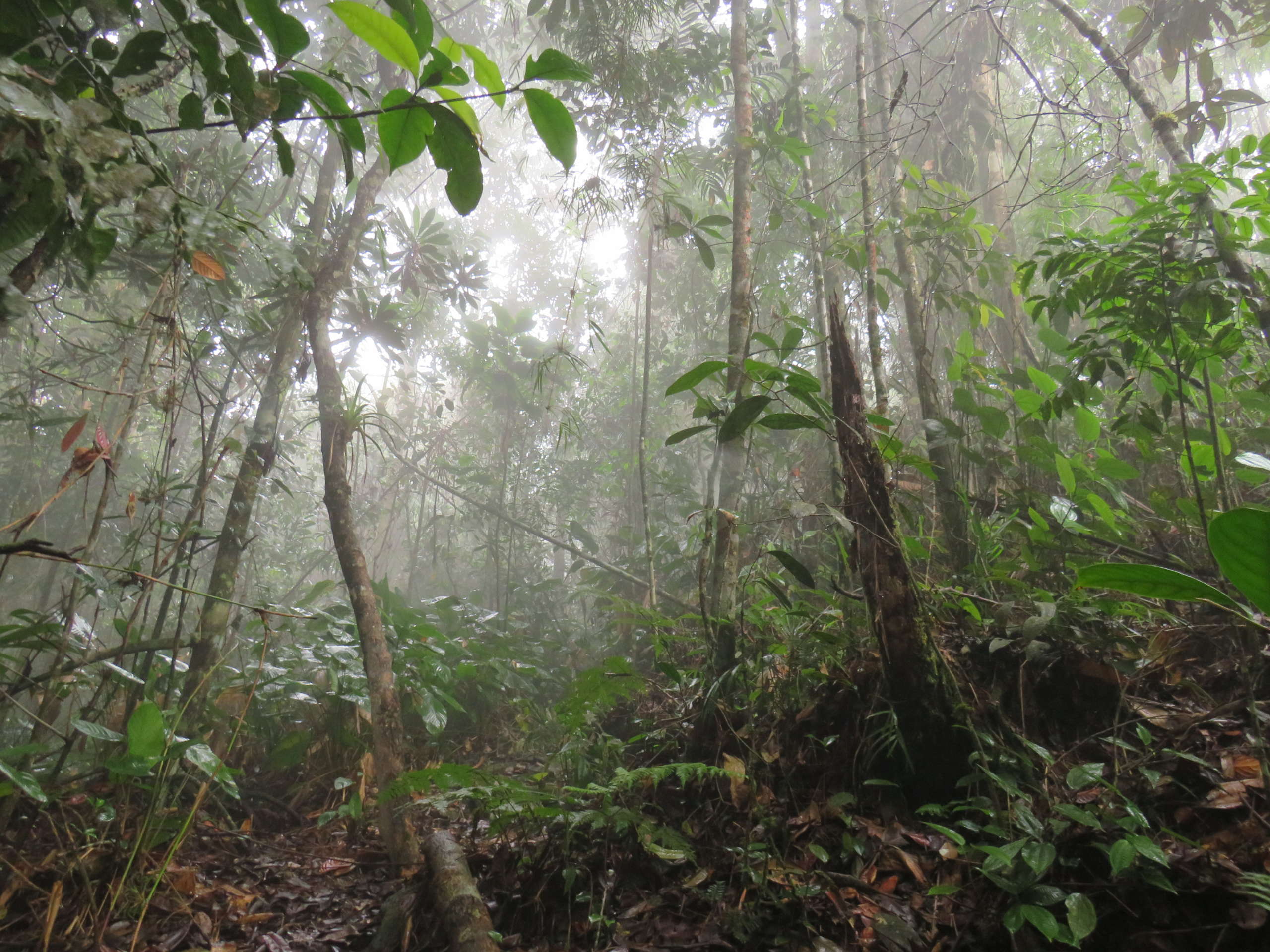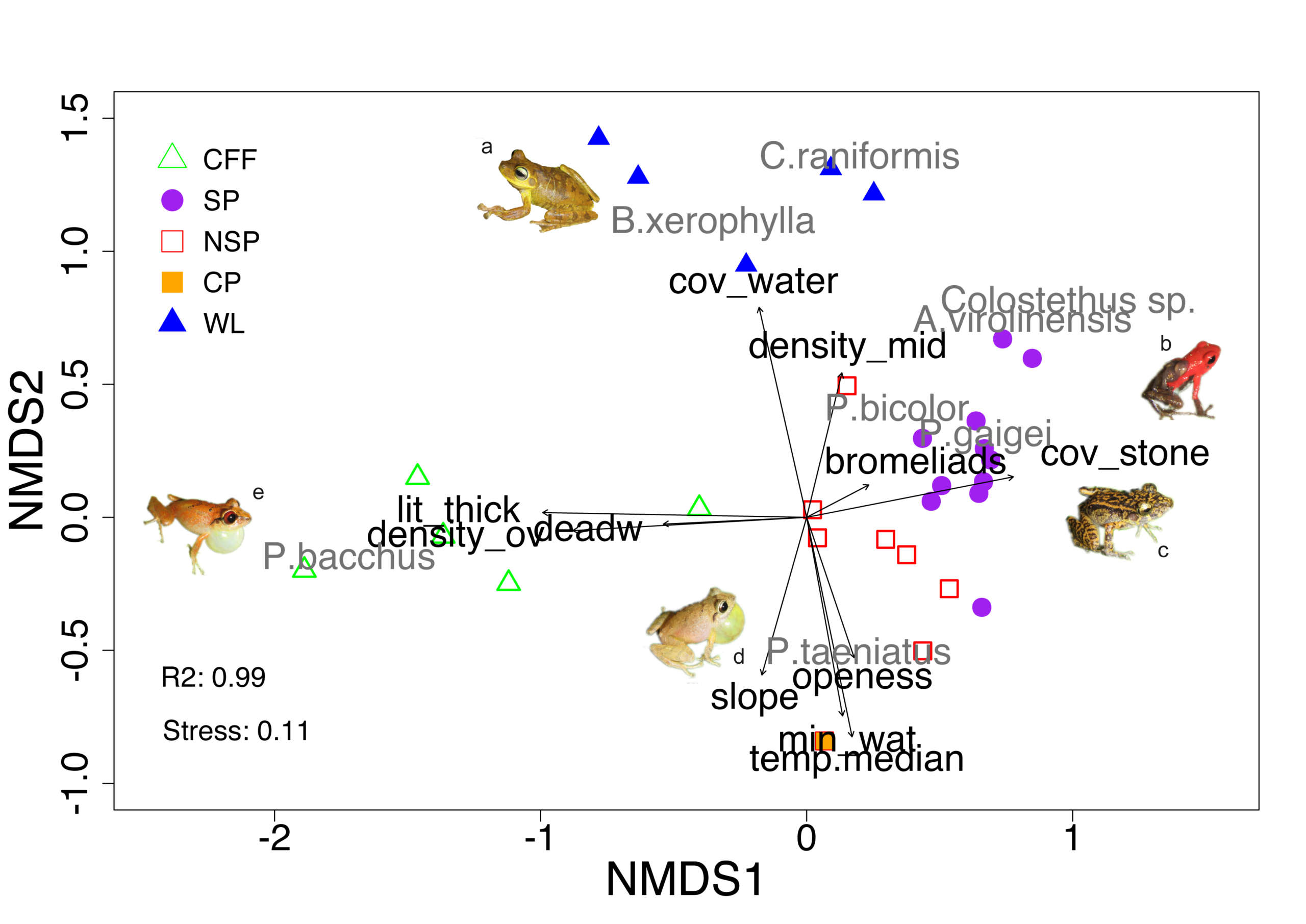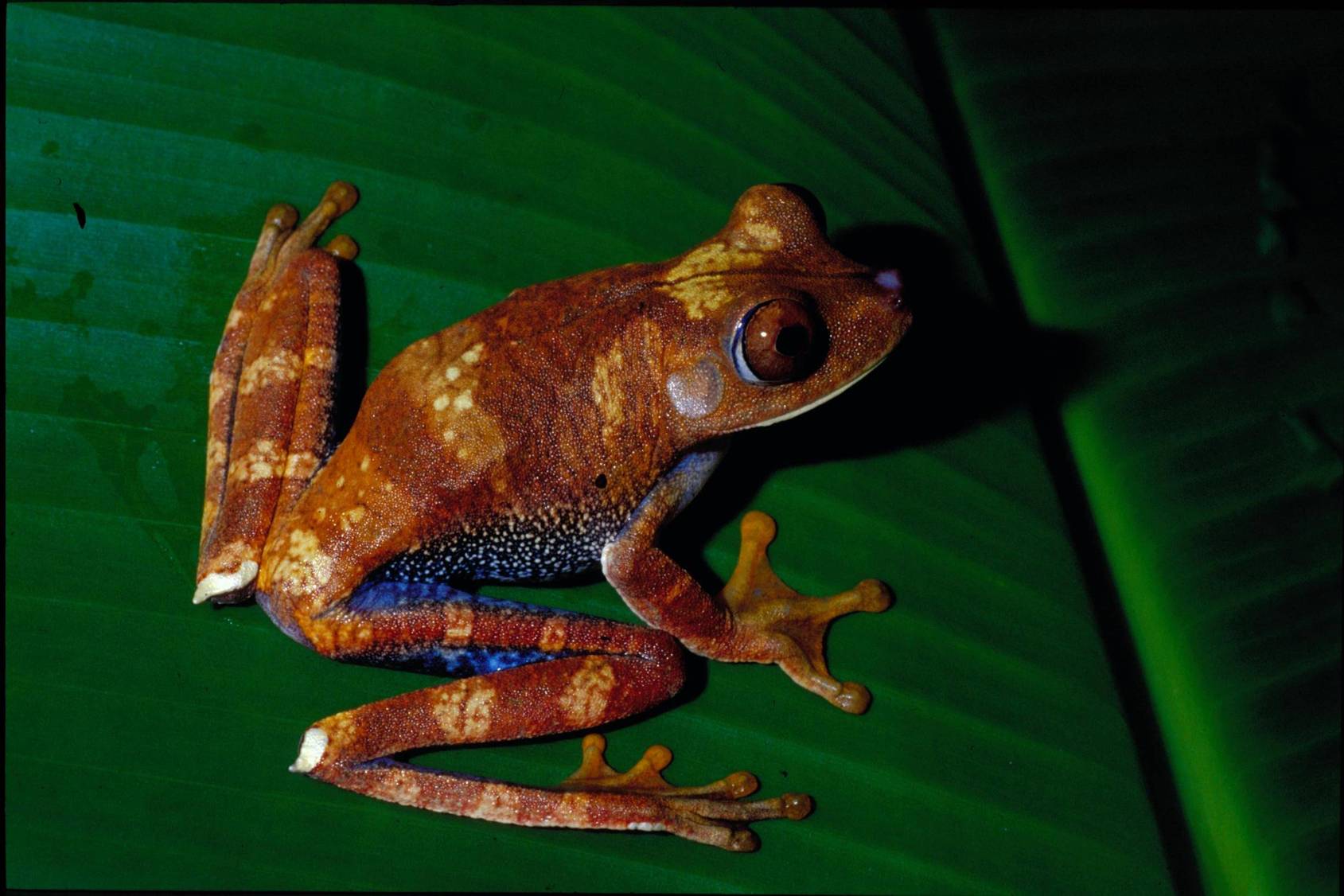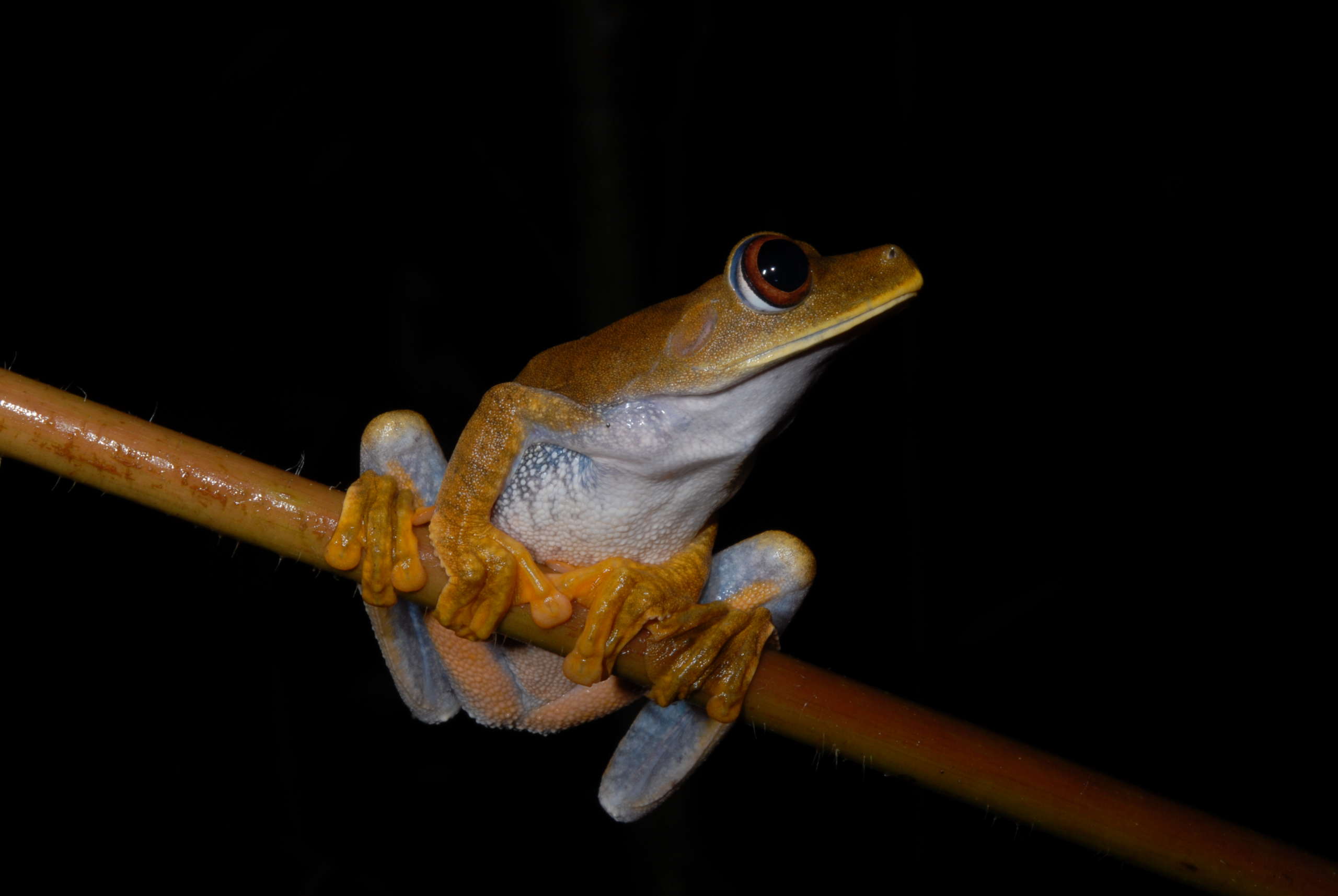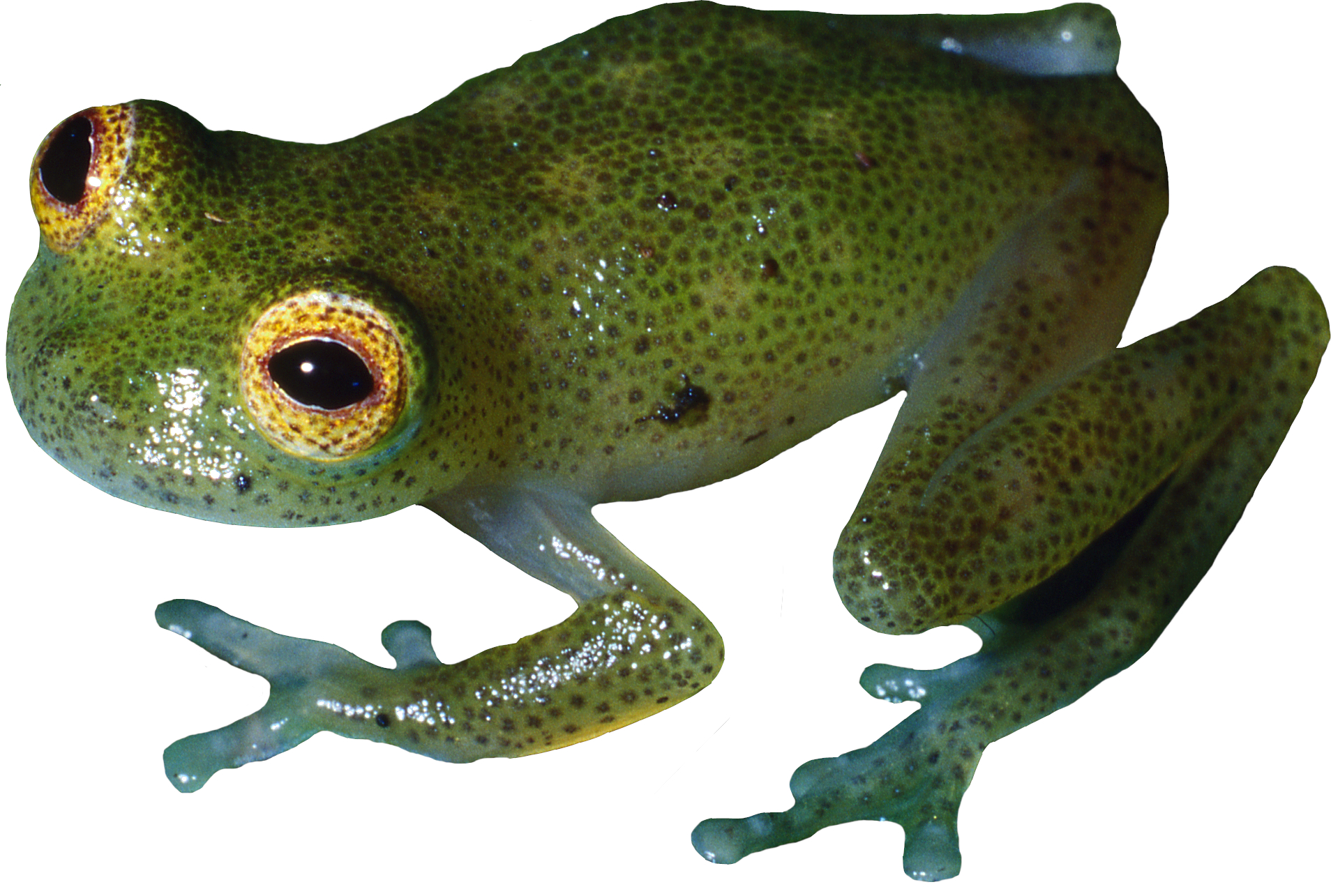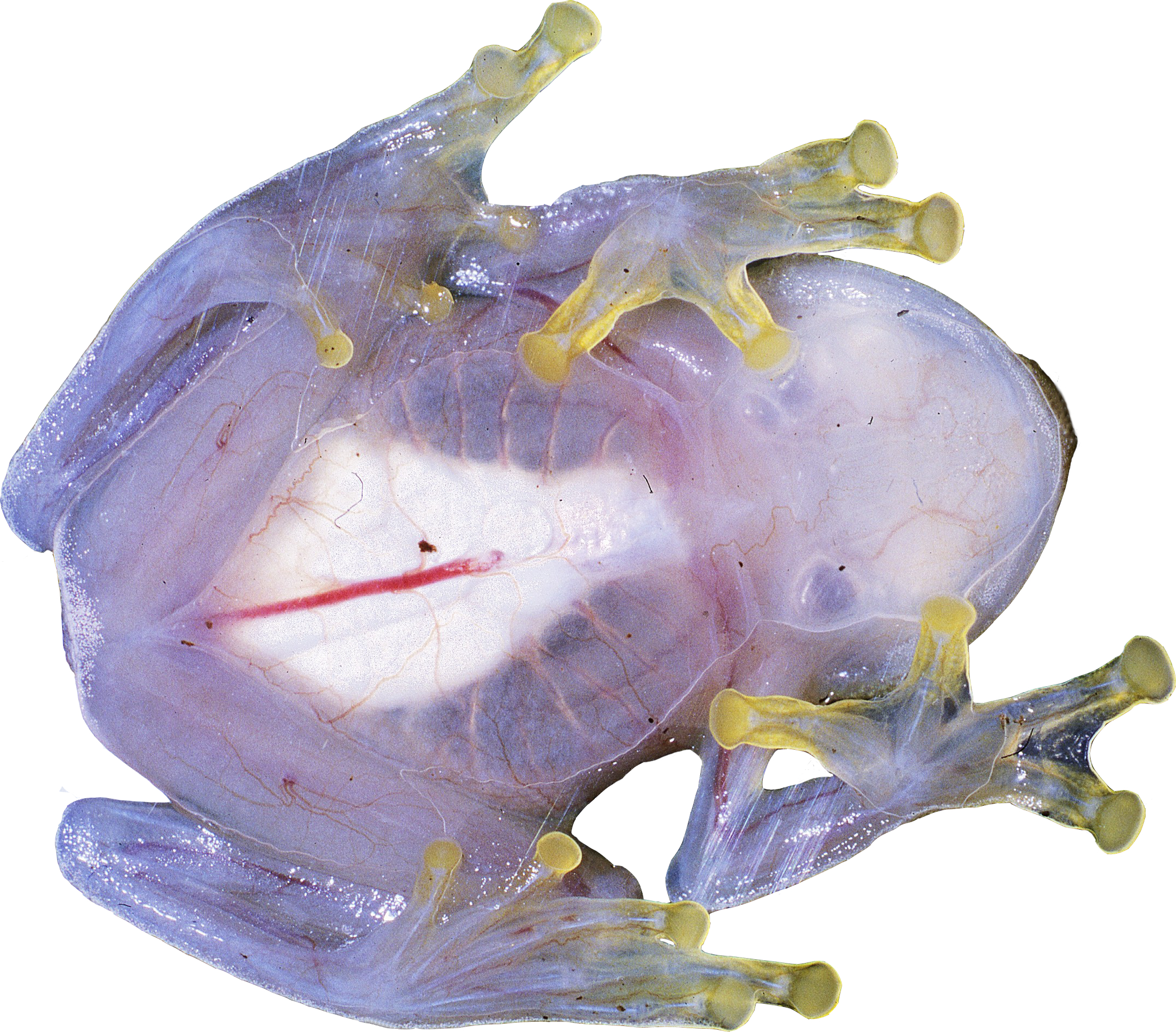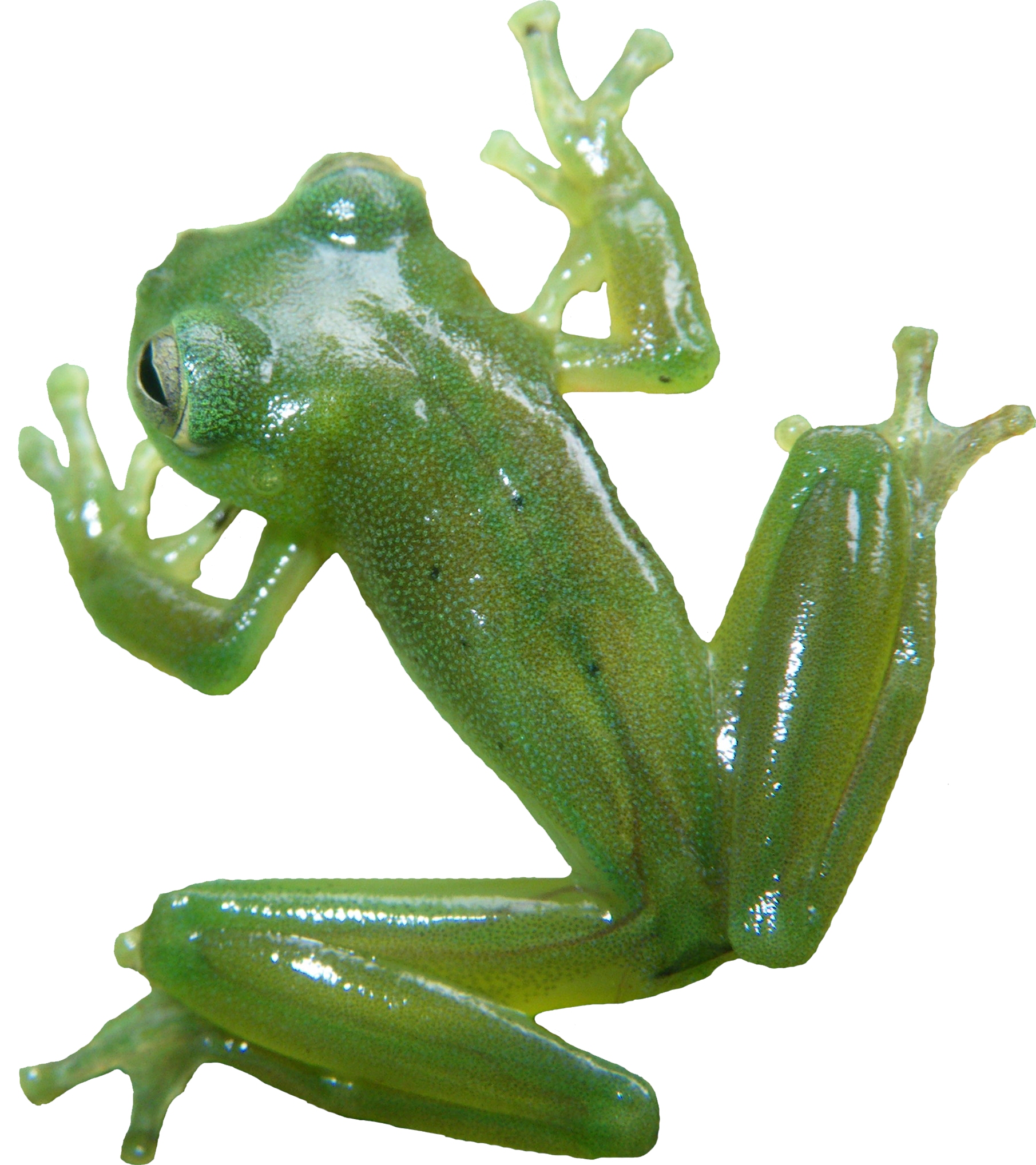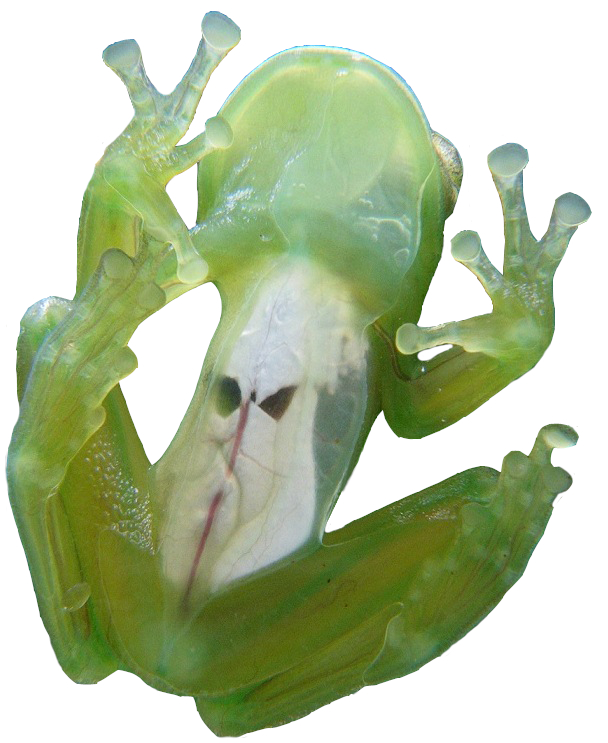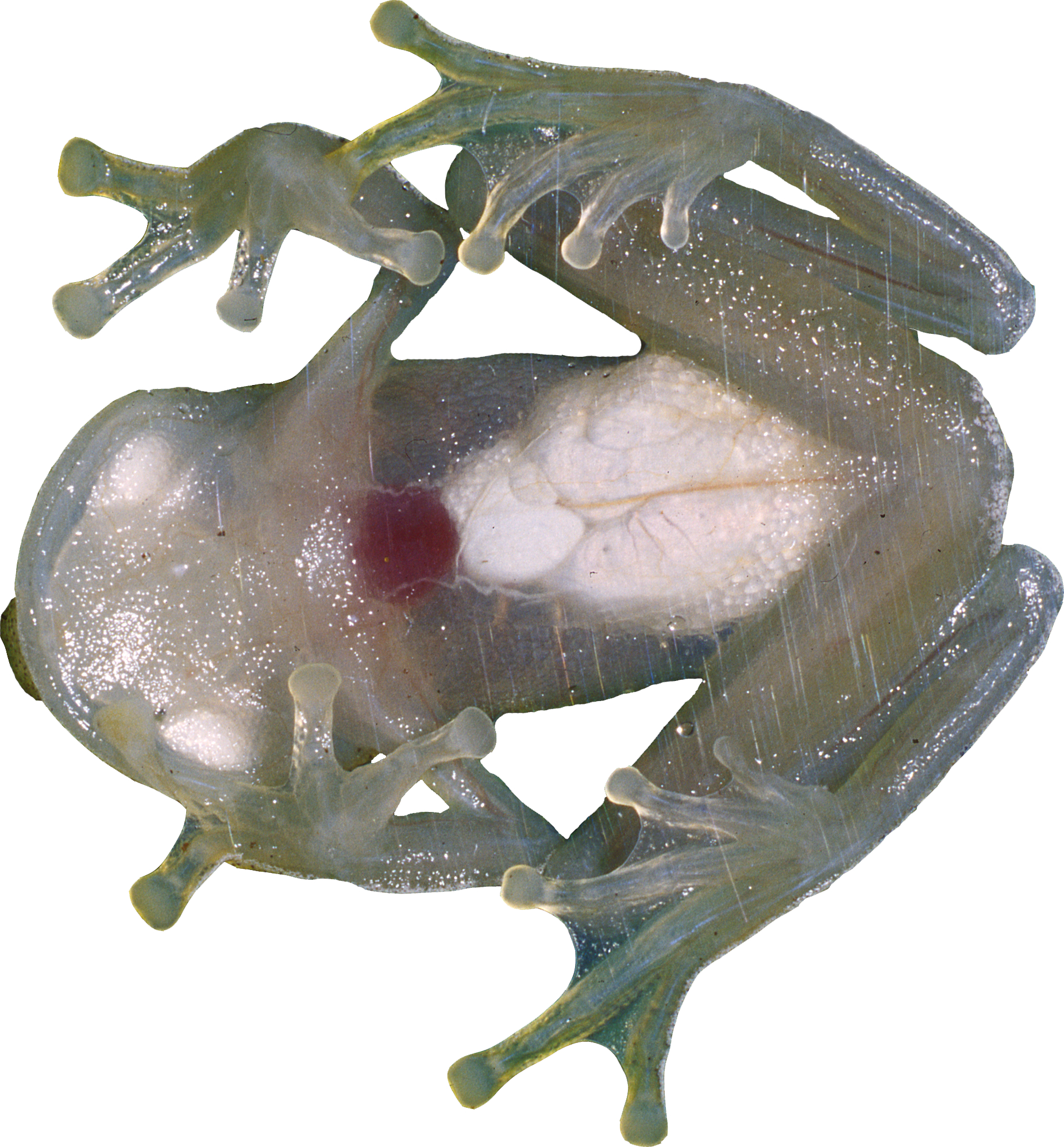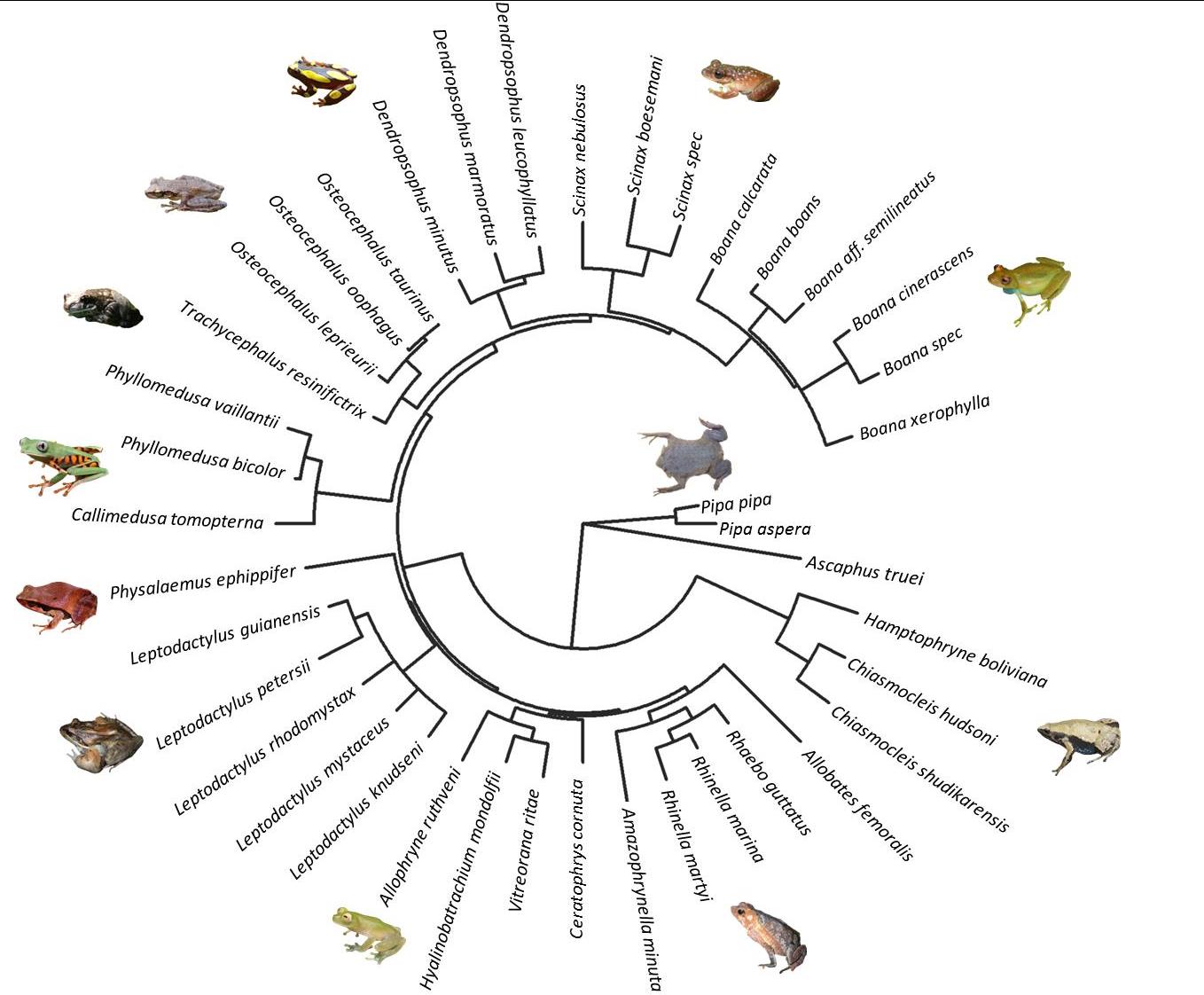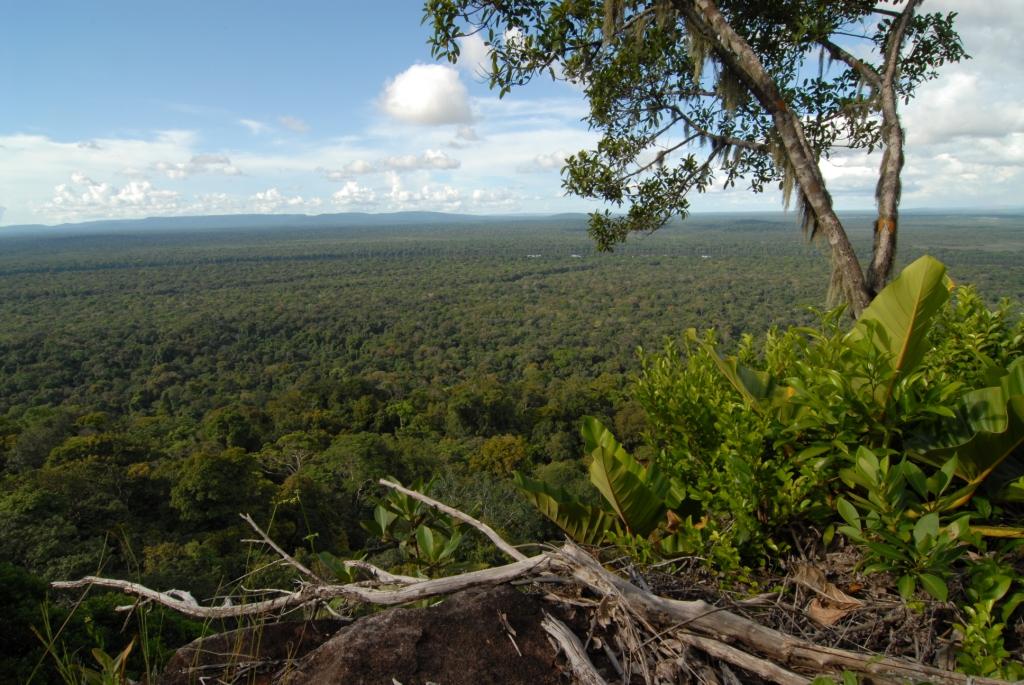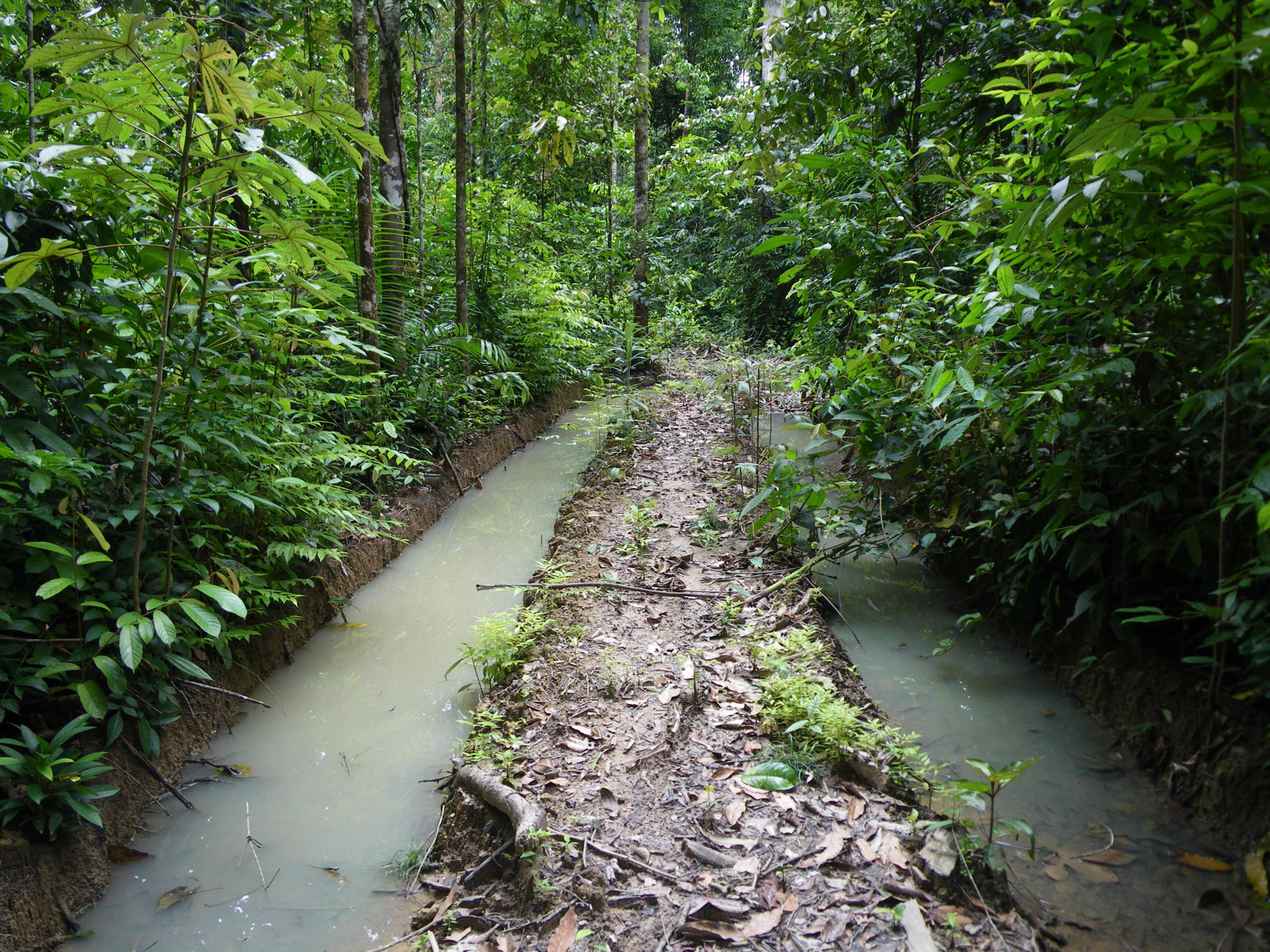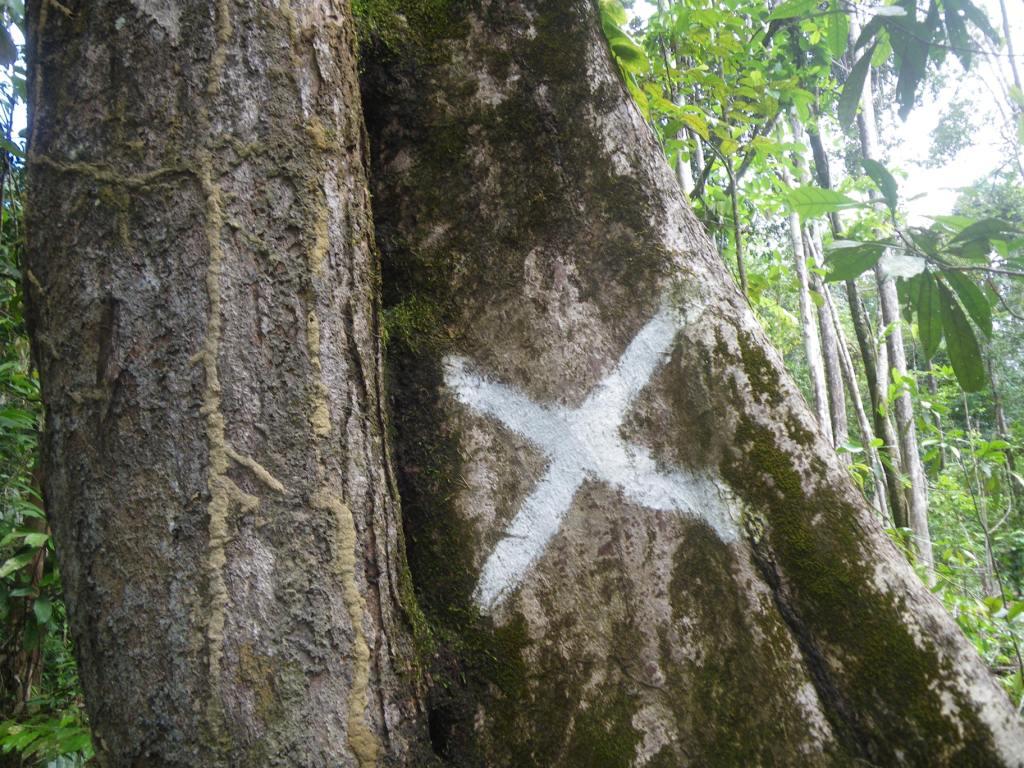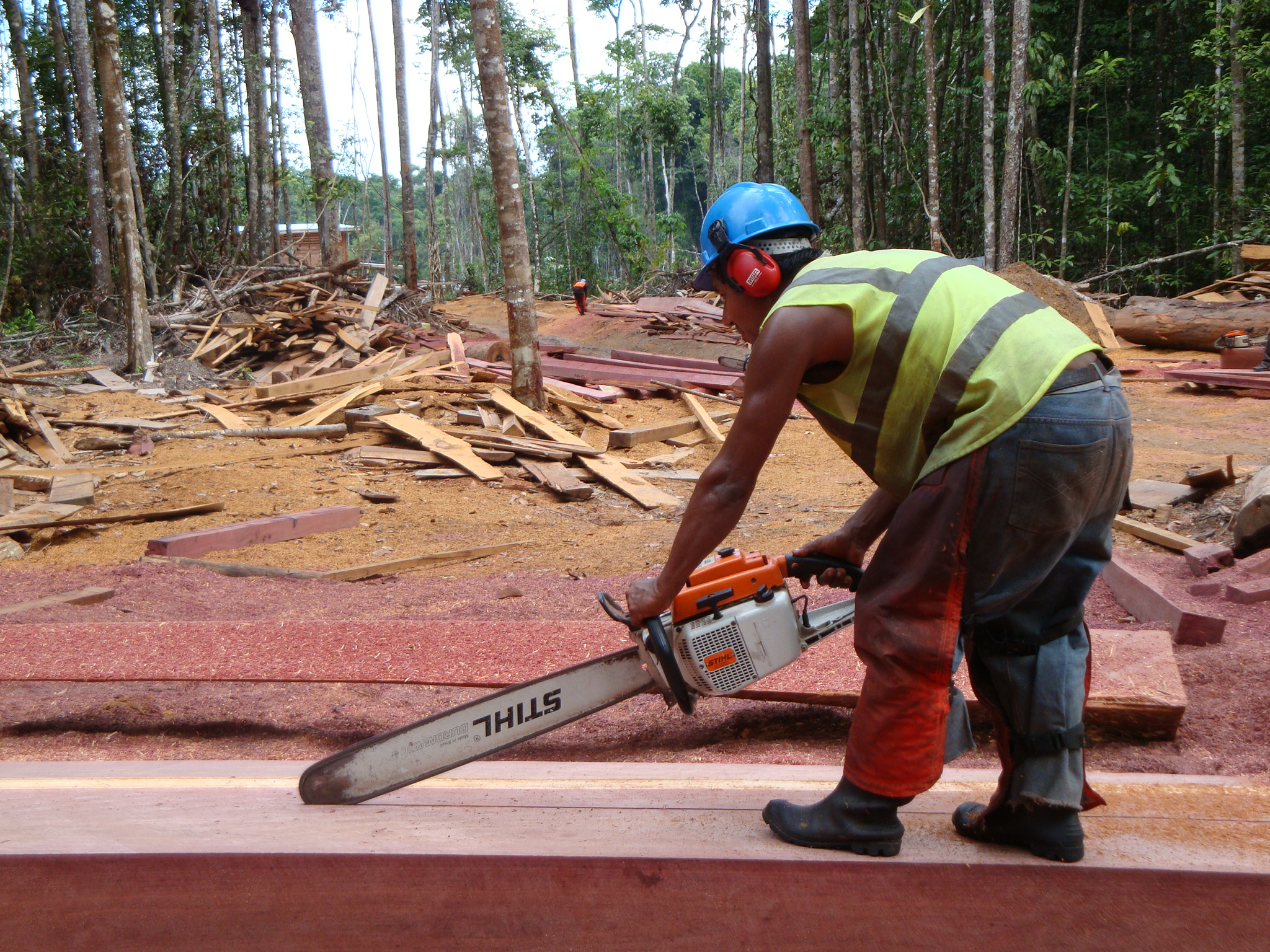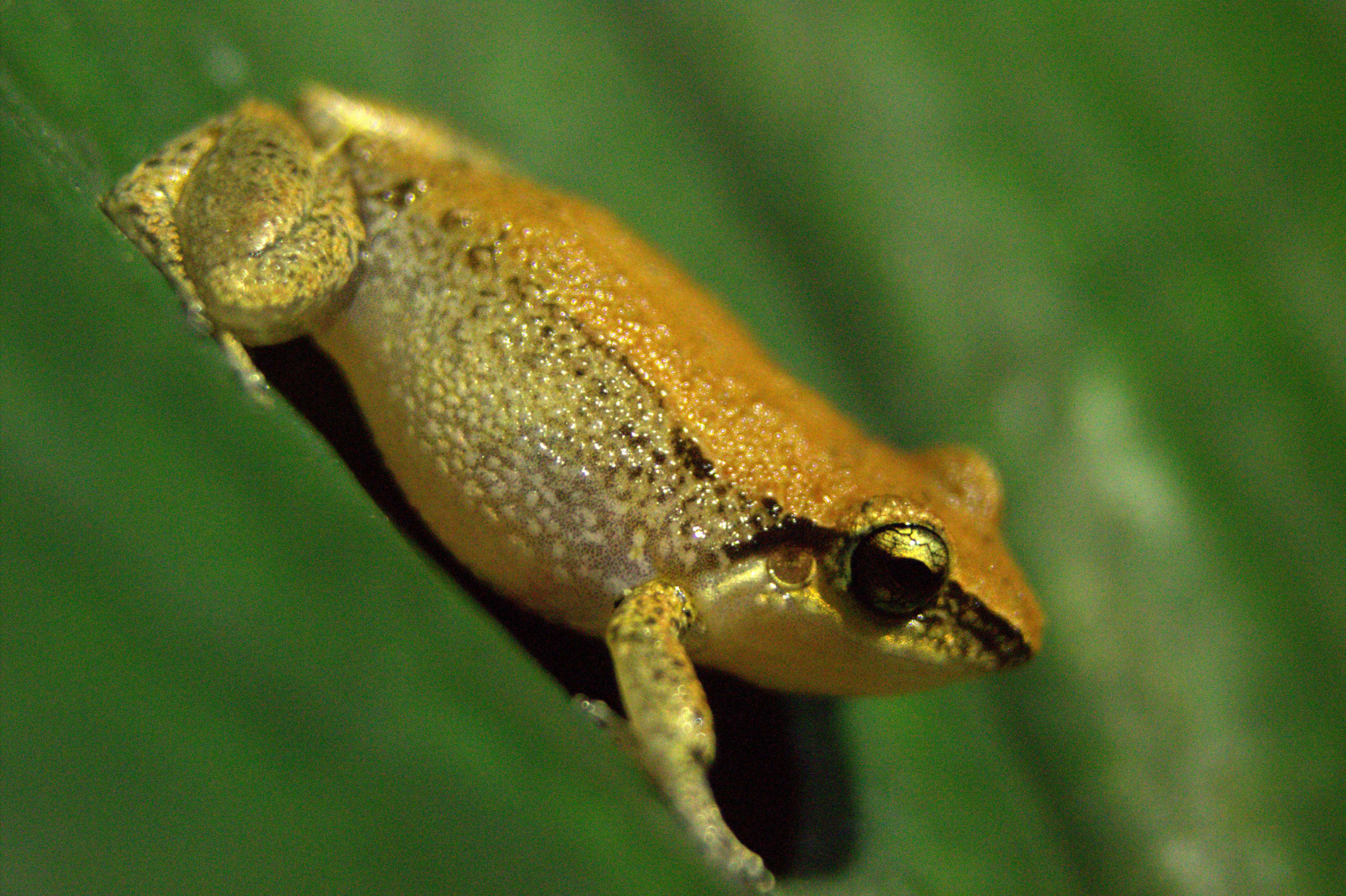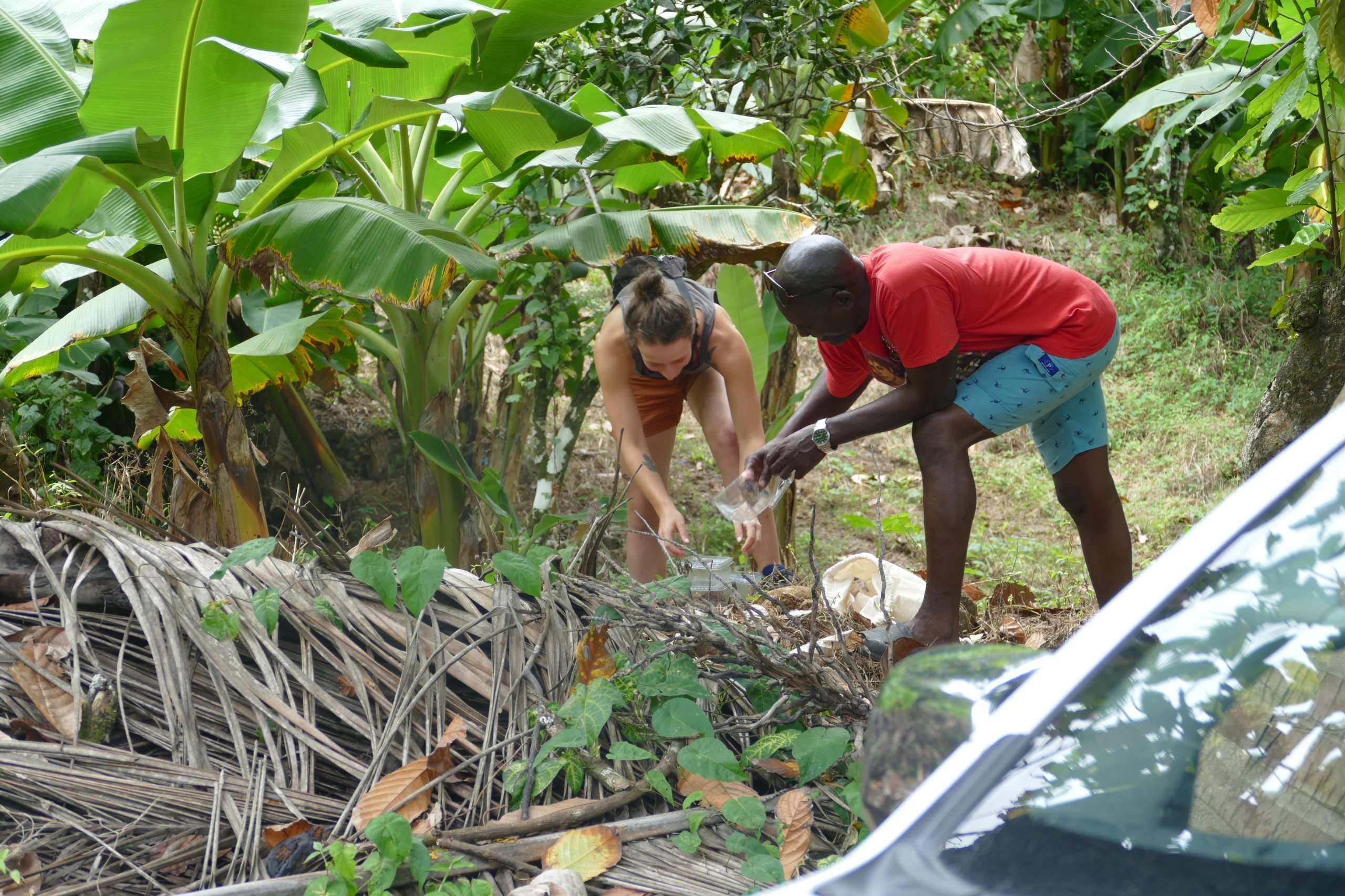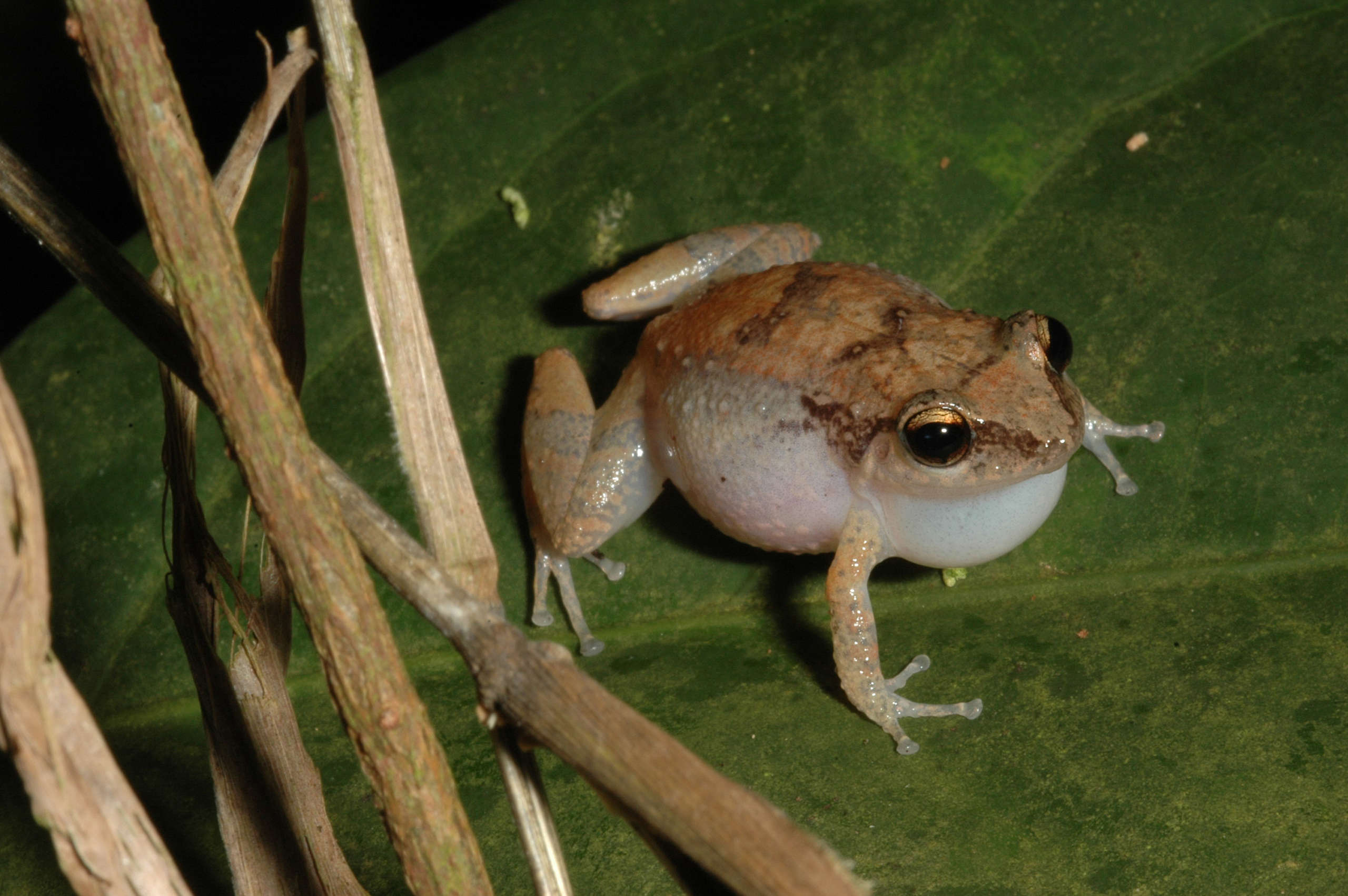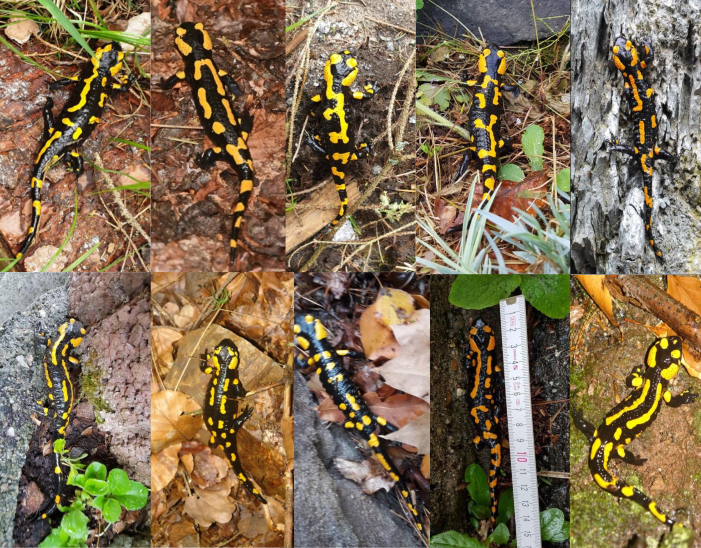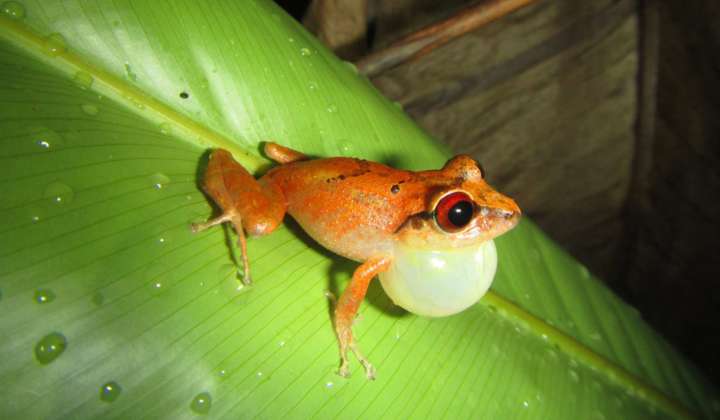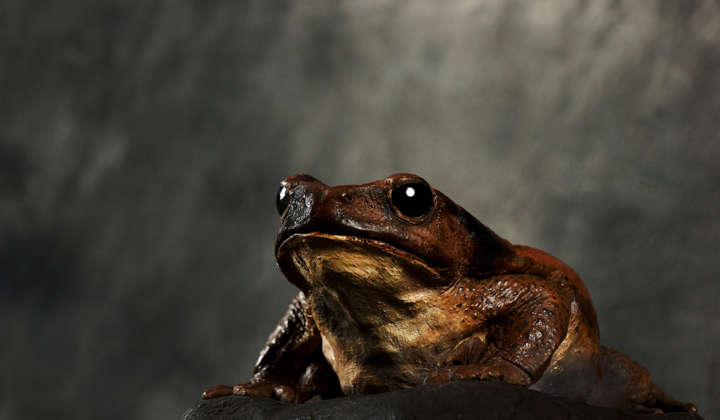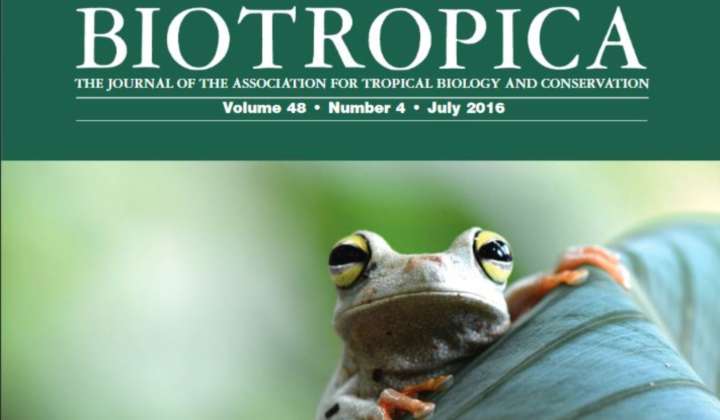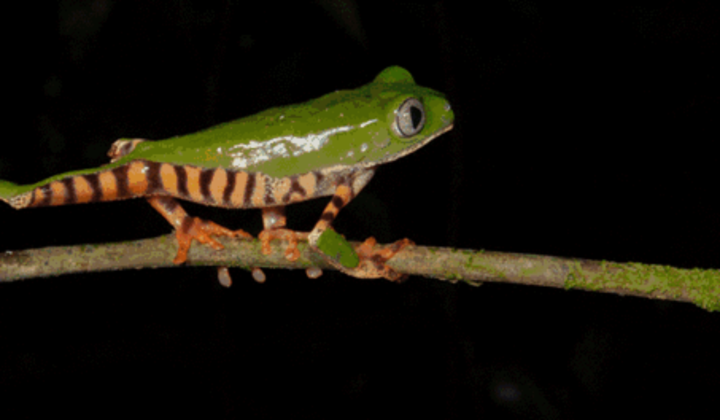Herpetology
Research
Transforming Earth: Changing diversity in a changing world
Land-use- and climate change threaten global biodiversity
Within the scope of several projects financially supported by DFG researchers at Senckenberg Dresden are addressing pressing questions about the role of global change processes in shaping the world’s biodiversity, particularly in forest ecosystems in both temperate and tropical regions.
Climate change and intensified land-use are globally threatening important forest ecosystems.
In the North-Amazonian Guianashield, as well as in the Andean cloud forests of South America, another important model region for Senckenberg research, climate extreme events such as El Niño und La Niña interact with rapidly increasing land-use and forestry. These interactions yield sometimes unforeseen and unexpected consequences. While pristine ecosystems are being lost at dramatic rates and animal and plant species are literally vanishing before our eyes, particular species have managed to exploit newly created habitats and adapt to changing environmental conditions faster than expected.
In the last fragments of rainforest in the Uíge province in northern Angola, another focus region, however, a rapid race against time has begun. Here, the scientists of the Herpetology Section and their national and international colleagues are collecting basic biodiversity data and are fighting for the establishment of an urgently needed national park to protect Angola’s natural heritage.
These findings highlight the need for truly integrative biodiversity research as fundamental prerequisite for sustainably safeguarding global biodiversity. Global climate protection and regional/local habitat and species conservation will have to be merged and harmonized to create an urgently needed holistic nature conservation strategy in the Anthropocene. This will be the major challenge for all of us. Now and for generations to come!

